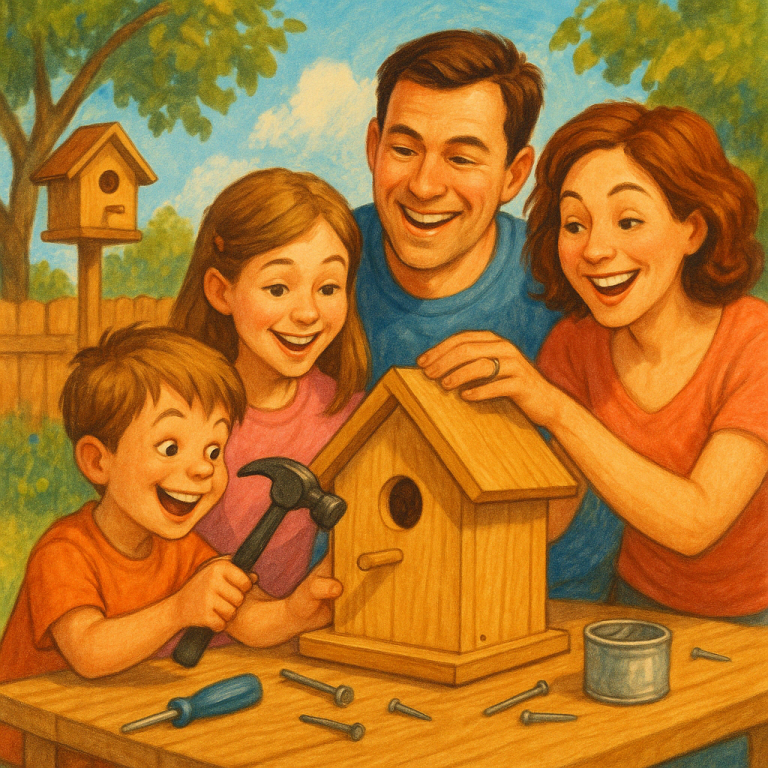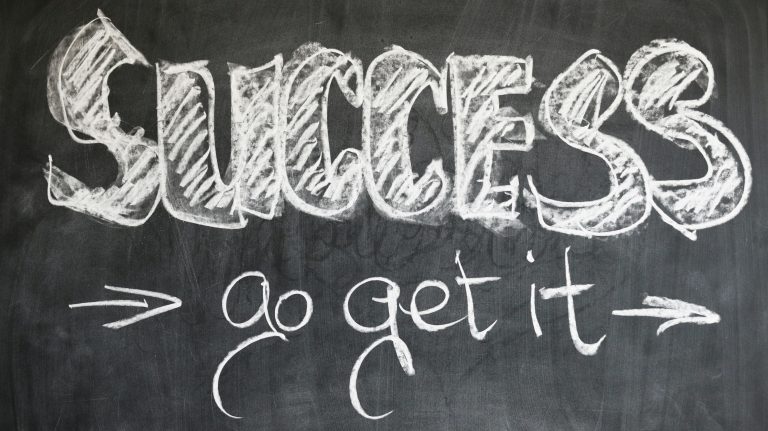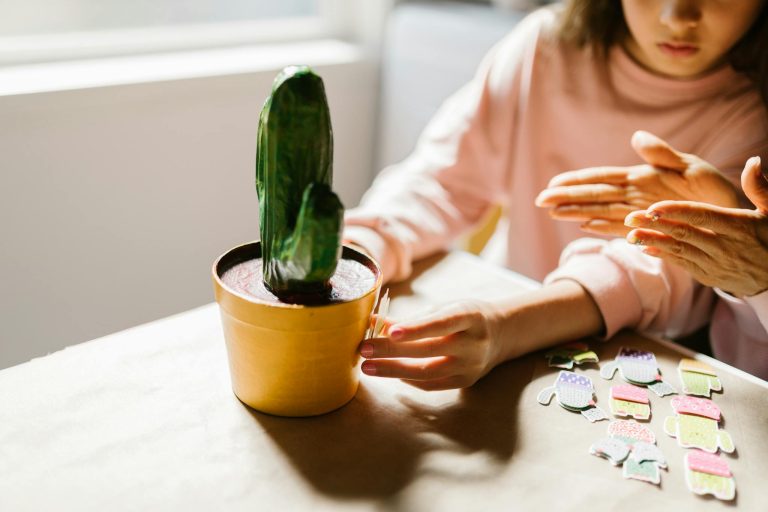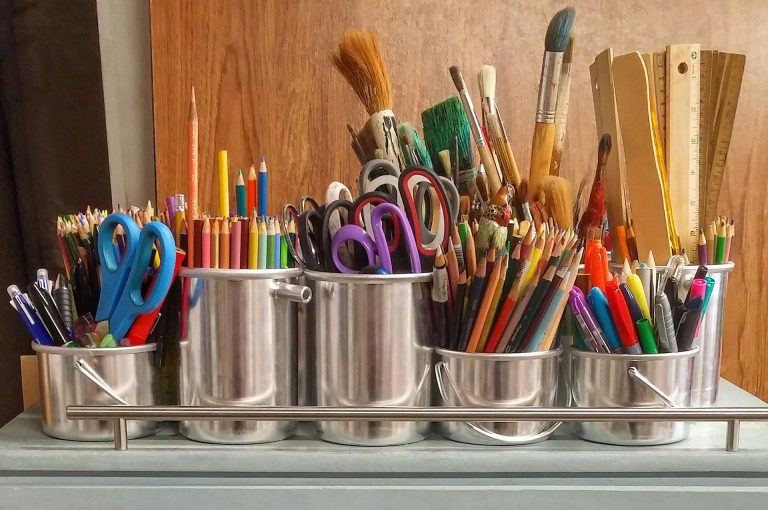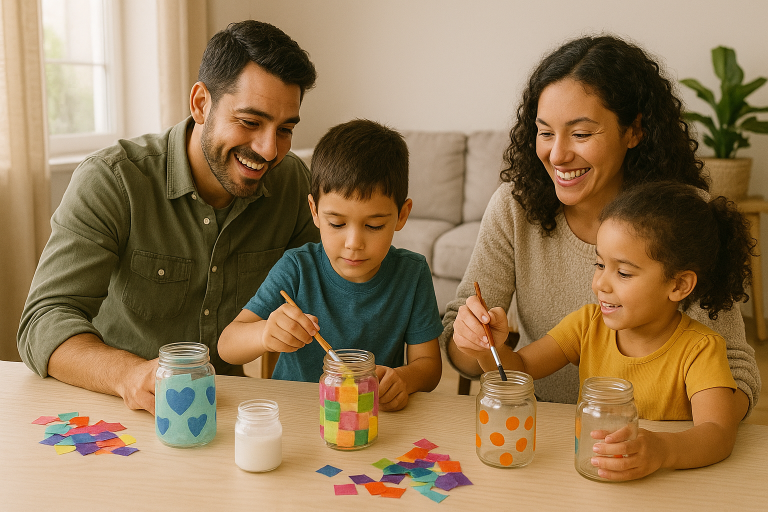There’s a lot happening inside kids’ heads — excitement, fear, joy, frustration — and sometimes they don’t have the words to explain it. That’s where crafts come in.
Crafting isn’t just creative—it’s emotional. When kids cut, shape, color, and create, they’re also working through feelings. They’re expressing themselves without needing to say a word.
Working with families (and being in one!) you learn quickly that everyone is wired differently, even if you had strong cultural influences when you were young, you are still your own person with your own what? Feelings!
Getting familiar with feelings at an early age is absolutely essential for children to build strong self-awareness, social skills and general empathy. Whether you’re dealing with big feelings, stress or anxiety, or just looking to build your child’s emotional toolkit, crafts are an underrated, powerful tool for emotional literacy.
Key points: Crafting helps kids express and regulate emotions when words are hard to find, making it a powerful tool for emotional literacy.
Research shows creative activities activate brain regions linked to emotional control and improve children’s ability to identify, communicate, and manage feelings.
The article explains why crafts support emotional development and offers 9 hands-on activities that teach emotional awareness, empathy, and self-regulation.
Craft projects like masks, collages, worry dolls, stitching, and calm-down bottles give kids a safe, structured way to explore emotions.
Parents can guide the process through simple reflection questions and use an observation sheet to support therapists or educators.
For another way to use art for connection, check out our collaborative art projects post.
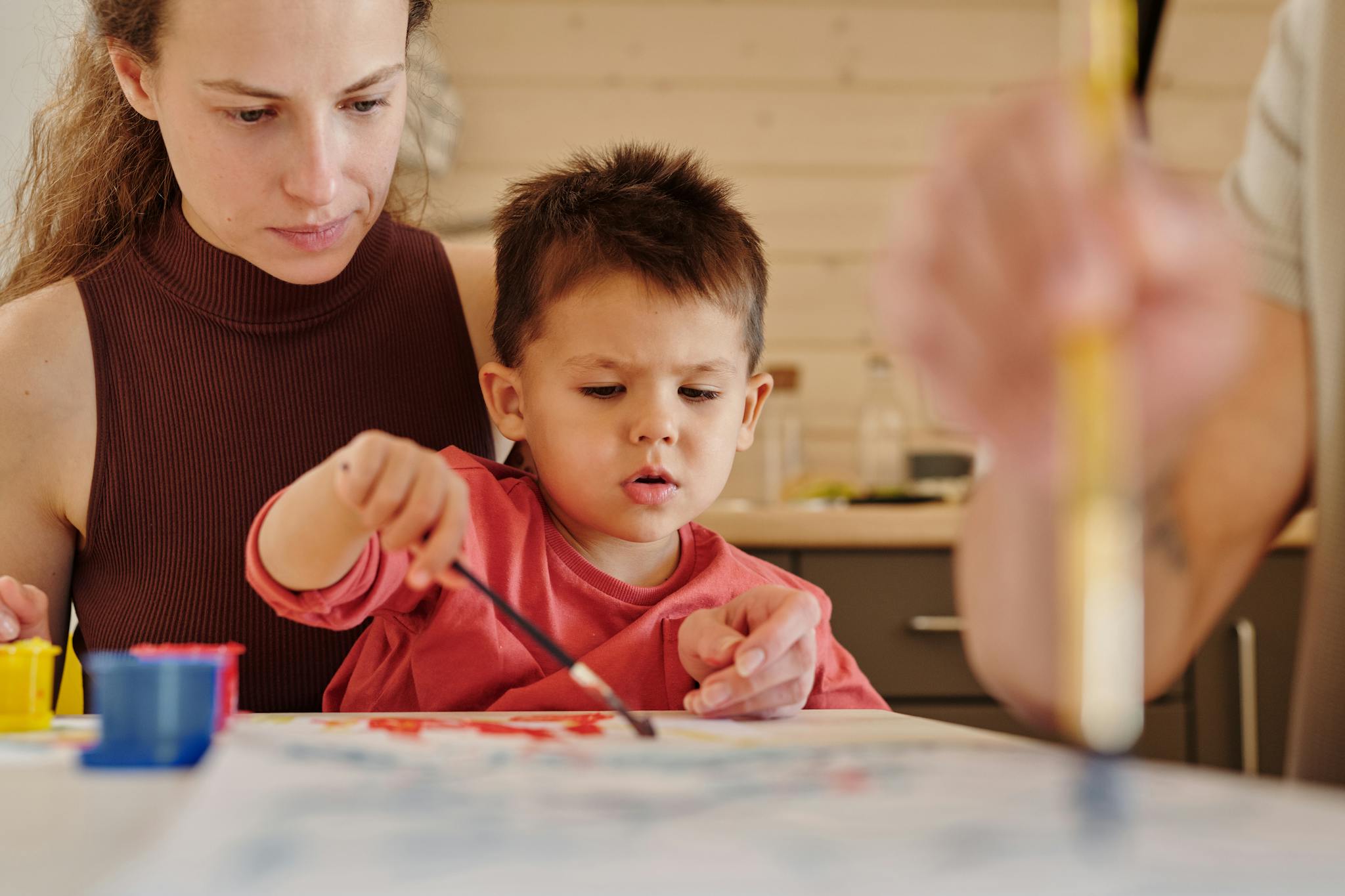
What Emotional Literacy Means for Kids
Emotional literacy means being able to recognize, understand, and talk about your feelings — and the feelings of others. It’s the foundation of empathy, problem-solving, communication, and resilience.
Psychologist Dr. Marc Brackett, founder of Yale’s Center for Emotional Intelligence, says:
Maybe we undersold it earlier. But Dr. Brackett’s argument is the one to follow when captivating the importance of emotional literacy in your child.
Crafts provide a calm, focused space where children can express emotion safely — often more easily than through conversation.
This connection isn’t just anecdotal; science backs it up. Emotional regulation and expression are tied to activity in the prefrontal cortex — the part of the brain responsible for higher-order thinking and emotional control. Engaging in creative tasks like crafting stimulates this region, enhancing a child’s ability to pause, reflect, and manage their reactions more thoughtfully.
In fact, a 2018 study published in the Journal of Child Psychology and Psychiatry found that children who were regularly exposed to creative activities showed higher emotional understanding and stronger self-regulation skills than their peers. These children could identify and talk about their feelings with more clarity and were better at recognizing emotional cues in others — a key part of developing empathy.
Crafting can also act as a form of “emotional rehearsal.” For example, when a child creates a drawing of a family member or builds a puppet that expresses sadness, they’re indirectly exploring and labeling emotions. According to developmental psychologist Susan Engel, these imaginative scenarios allow children to work through emotional experiences in a low-risk way, which builds resilience and emotional clarity over time.
What’s more, many kids—especially younger or neurodivergent children—struggle with verbalizing complex feelings. Art and craft become alternative modes of communication. As therapist Cathy Malchiodi, a leading figure in art therapy, explains, “Art gives children a visual language when words fall short.”
Why Crafts Work So Well
It slows everything down
The physical pace of crafting helps kids regulate emotions and stay in the moment.
Hands are busy = minds are open
Crafting creates a safe space for deeper thinking without pressure.
Colors, shapes, and textures express things words can’t
Sometimes a swirl of red or a jagged line says more than a sentence ever could.
8 Crafts That Build Emotional Skills
Each of these activities opens up a doorway into emotional awareness. Some are reflective. Some are playful. All are impactful.
🎭 1. Feelings Masks
What you need: Paper plates, elastic string, markers, scissors
How it helps: Kids choose an emotion (happy, sad, scared, excited) and create a mask to show what it looks like. Great for learning facial cues and body language.
Try this: Ask, “When do you feel like this? What helps you when you feel that way?”
📒 2. Emotion Diary Collage
What you need: Old magazines, glue, markers, a notebook
How it helps: Instead of writing, kids cut and paste images that represent their feelings that day. It builds a daily emotional vocabulary without pressure to write.
🎨 3. Color Your Mood
What you need: Watercolors or pastels
How it helps: Assign emotions to colors (blue = calm, red = anger, etc.). Ask your child to “paint their day” using only color and shape.
Fun fact: Art therapists use this exact method with kids processing trauma, grief, and anxiety.
🐻 4. Worry Pets or Worry Dolls
What you need: Yarn, fabric scraps, googly eyes, glue
How it helps: Kids create a small “pet” to tell their worries to. It becomes a physical object they can hold when they feel anxious.
🎈 5. Balloon Faces
What you need: Balloons, markers, string
How it helps: Each balloon gets a different emotion face. You can toss them, sort them, or talk about which one you feel most like today.
Quick tip: Use this as a daily check-in activity!
🧵 6. Stitch It Out: Simple Embroidery or Weaving
What you need: Needle, thread, or a weaving loom with yarn
How it helps: Repetitive movements like sewing calm the nervous system. You can even assign a stitch to a thought — “one stitch for something I’m grateful for.”
🧩 7. Puzzle of Me
What you need: Large sheet of paper, cut into puzzle pieces
How it helps: Each puzzle piece represents a part of the child (likes, dislikes, fears, joys). They decorate and build themselves piece by piece.
🧽 8. Calm Down Bottles
What you need: Water bottles, glitter glue, beads
How it helps: As kids shake and watch the glitter settle, it mimics calming down. Let them design their bottle and use it during emotional moments.
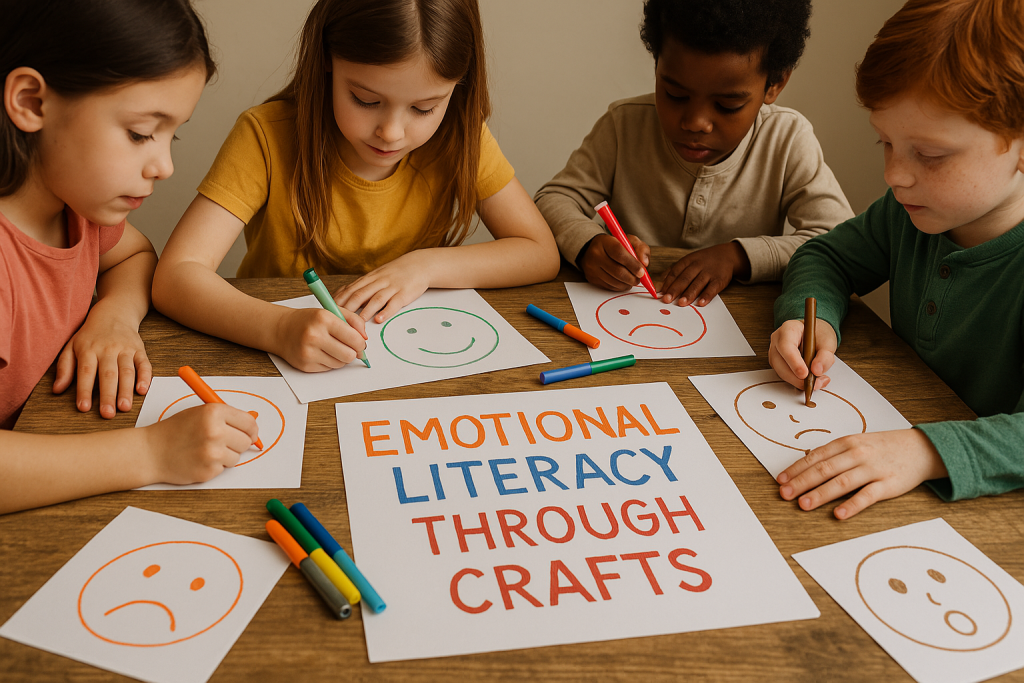
9. Create A Nature Collage
One of the sweetest and deepest way to build emotional literacy and an emotional connection between you, your child and nature!
Collect natural materials on a walk and make a feelings collage; our nature collage guide shows how.
Questions to Ask During Craft Time
- “What made you pick that color?”
- “What’s your favorite part of this?”
- “Did anything feel tricky to make?”
- “How do you feel now compared to before?”
These light-touch questions invite kids to reflect without pressure. You can record your child’s responses and share them with therapists or teachers using our downloadable observation sheet.
To ensure that you are fully equipped as a parent or if you wish to present observations, thoughts and questions to your trained professional with whom you collaborate regarding your child’s mental development try this easy-to-follow PDF sheet!
Final Thoughts
Helping kids develop emotional literacy doesn’t have to mean long talks or formal lessons. It can start with scissors, glue, and imagination.
Through crafting, kids learn that all feelings are okay, that they can change and be explored — and that expressing them is both brave and beautiful. Try it out using the PDF sheet, take notes, write down anything that be helpful, it’s team work and family work ! (Both are super fun!)
Quick FAQ
Crafts give kids a nonverbal way to express emotions, stimulate brain areas linked to emotional regulation, and create space for reflection. This helps them identify, understand, and communicate their feelings more clearly.
Activities like feelings masks, mood painting, worry dolls, puzzle-of-me projects, calm-down bottles, and emotion collages help children practice recognizing emotions, managing stress, and expressing themselves safely.
Use simple, open-ended questions (“Why this color?” “How do you feel now?”) and let the child lead. This keeps the conversation pressure-free while encouraging emotional reflection and communication.

